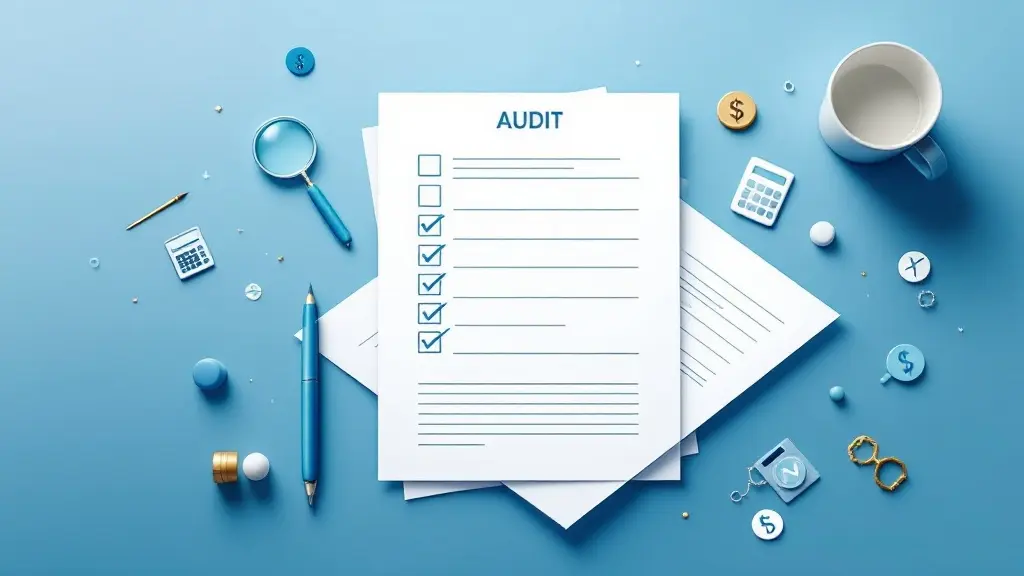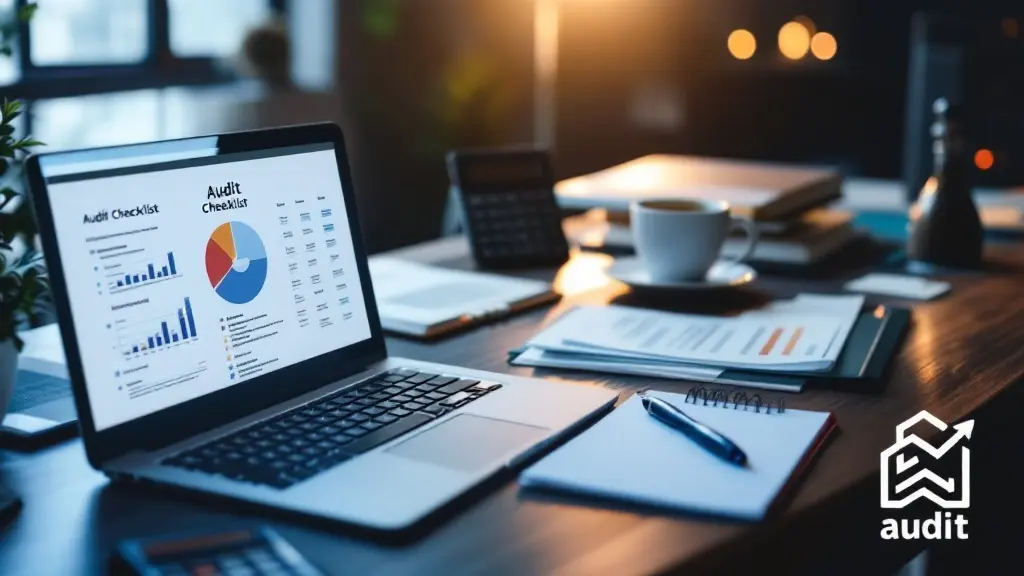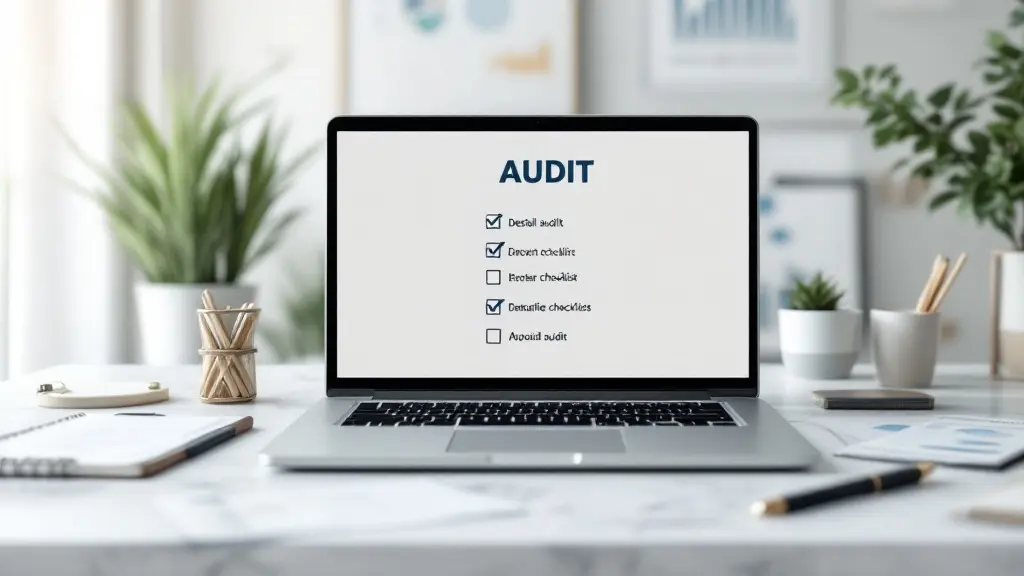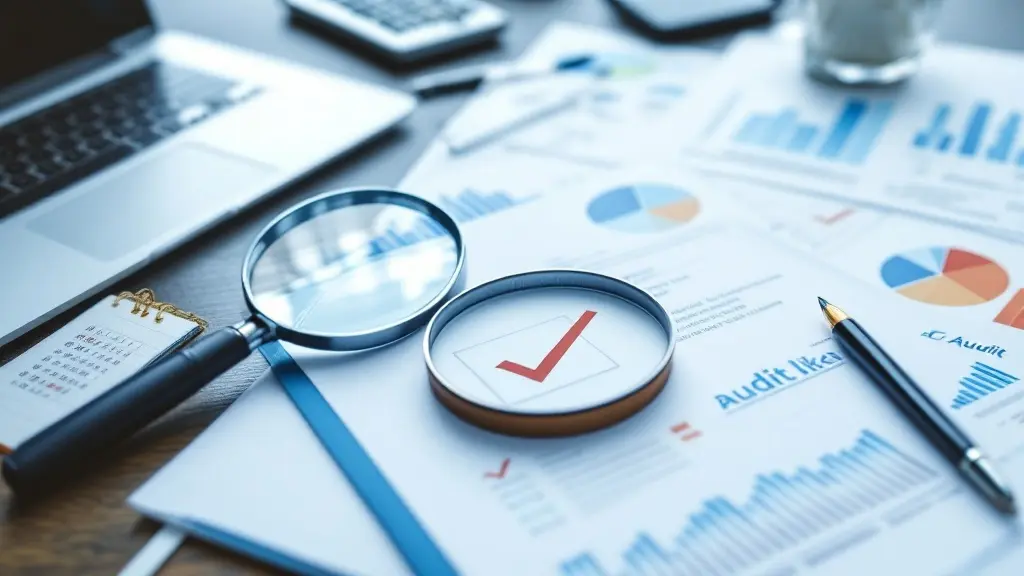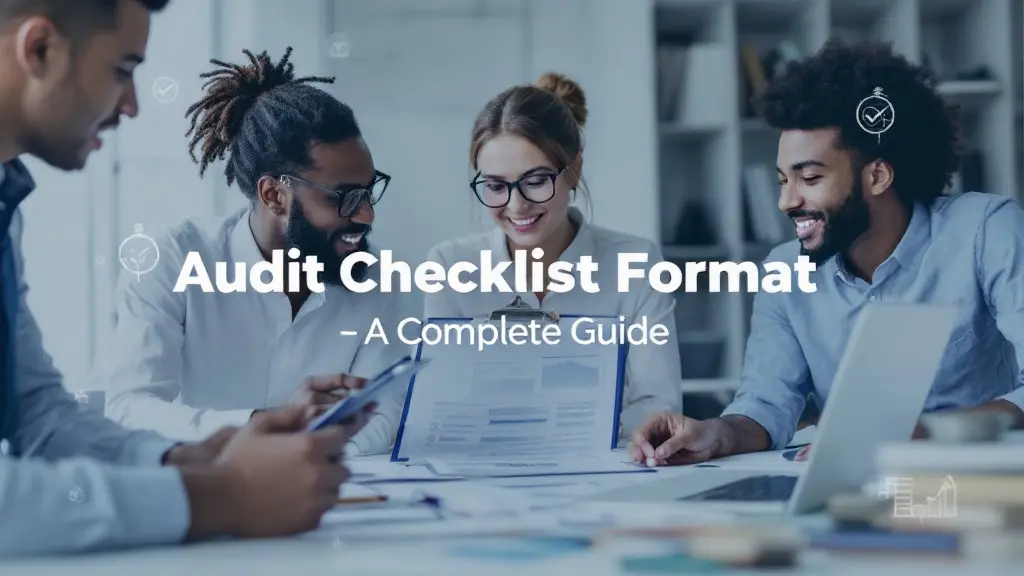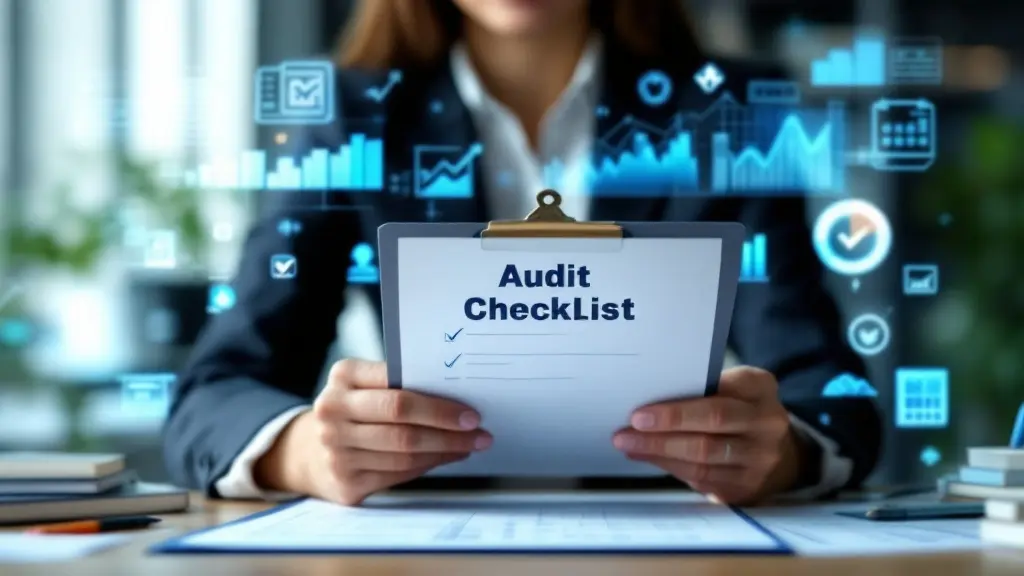Audit Documentation Checklist: Essential Guide for Accurate and Comprehensive Audits
[fusion_dropcap class="fusion-content-tb-dropcap"]W[/fusion_dropcap]hen it comes to auditing, thorough documentation is essential for ensuring transparency, accountability, and accuracy. Whether you’re an auditor, accountant, or business owner, maintaining a clear and comprehensive audit trail is not only crucial for compliance but also for providing valuable insights into a company’s financial health. In this blog post, we will walk you through an essential audit documentation checklist to ensure your audits are thorough, organized, and efficient.
Why Is Audit Documentation Important?
Audit documentation serves as a record of the audit process, providing clear evidence that the audit was conducted in accordance with the relevant standards and regulations. The key reasons audit documentation is vital include:
- Compliance with standards: Proper documentation ensures adherence to auditing standards like the Generally Accepted Auditing Standards (GAAS) or International Standards on Auditing (ISA).
- Evidence of due diligence: It serves as proof that the auditor has conducted the necessary procedures and reached appropriate conclusions.
- Facilitates review and accountability: Well-documented audits allow for internal and external reviews and accountability.
- Legal protection: Should any disputes or legal challenges arise, having detailed audit documentation can safeguard auditors from liability.
By following a well-structured audit documentation checklist, you can streamline your audit process and ensure compliance with all regulations.
Key Components of an Audit Documentation Checklist
The audit documentation checklist typically includes several critical elements that ensure the audit is comprehensive and compliant. Here’s a breakdown of the key components you should include:
1. Audit Plan and Strategy
Before you begin any audit, having a clear audit plan is vital. The plan should outline the overall strategy and approach, including:
- Audit objectives: What are you trying to achieve with the audit? This could range from assessing the financial health of a business to ensuring tax compliance.
- Scope of the audit: Define the boundaries of the audit, including which financial periods, departments, or transactions will be reviewed.
- Risk assessment: Identify and assess any potential risks associated with the audit, such as areas prone to fraud or errors.
Documenting the audit plan ensures that everyone involved in the audit understands the approach, objectives, and focus areas.
2. Engagement Letter
An engagement letter is a formal agreement between the auditor and the client that defines the scope, timing, and objectives of the audit. It should also outline the auditor’s responsibilities, fees, and any limitations of the audit. This document is important because:
- It sets clear expectations for both parties.
- It serves as evidence that the client has agreed to the audit terms.
- It helps avoid misunderstandings or disputes during or after the audit.
3. Workpapers and Supporting Evidence
Workpapers are the core of audit documentation. They include all the detailed records that support your audit findings and conclusions. These can include:
- Detailed test results: Documentation of the procedures performed, including the tests done on financial statements, transactions, and internal controls.
- Sampling results: If sampling is used in the audit, include details of the sample size, methodology, and the results.
- Calculations: Any calculations performed as part of the audit should be included with the workpapers, showing the auditor’s process in determining figures.
- Reconciliations: Include evidence of reconciliations between different financial records, such as bank statements and general ledgers.
- Evidence of compliance: Any supporting documentation that shows compliance with laws and regulations, such as tax filings or statutory records.
4. Audit Findings and Conclusions
This section documents the auditor’s findings based on the procedures performed. It should include:
- Summary of findings: Provide a concise summary of what was discovered during the audit process.
- Conclusions drawn: Based on the audit evidence, the auditor should document their final conclusions regarding the financial health of the business or the accuracy of the records.
- Discrepancies or concerns: If any discrepancies or issues were found, they should be documented in detail, including their potential impact on the financial statements.
5. Audit Report
The audit report is the final document in the audit process. It provides a summary of the auditor’s findings, conclusions, and recommendations. It includes:
- Auditor’s opinion: The opinion on the financial statements (e.g., unqualified, qualified, or adverse opinion).
- Supporting details: A summary of the audit procedures performed and evidence collected.
- Recommendations: Any recommendations for improvements in internal controls or financial reporting.
The audit report is the formal deliverable from the audit process and is typically presented to the client or stakeholders.
6. Correspondence and Communication
Audit documentation should also include any formal correspondence between the auditor and the client. This includes:
- Emails and letters: Communications that explain audit procedures, request additional information, or clarify issues.
- Meeting notes: Records of any meetings held with the client or other stakeholders during the audit.
- Confirmation responses: Responses received from third parties, such as banks or suppliers, that confirm the accuracy of specific financial records.
This correspondence serves as evidence of the audit process and can help clarify any issues that may arise later.
7. Audit Adjustments
If any adjustments are made to the financial statements as a result of the audit, these should be documented. This can include:
- Adjusting journal entries: Any changes to the financial records that reflect corrections or improvements.
- Impact on the financial statements: Document how these adjustments affect the overall financial picture of the business.
- Client approval: If necessary, include evidence that the client has approved the adjustments made.
8. Working Papers Review and Quality Control
Quality control is a critical aspect of audit documentation. The working papers should be reviewed to ensure that they:
- Are clear, complete, and accurate.
- Reflect the audit procedures performed and the evidence gathered.
- Are consistent with the overall audit strategy and conclusions.
A senior auditor or manager should review all working papers before finalizing the audit documentation to ensure compliance with auditing standards.
Best Practices for Organizing Audit Documentation
Effective organization of audit documentation is key to ensuring that the process is efficient, and the information is easily accessible. Here are some best practices:
- Use a consistent naming convention: Clearly label each document (e.g., “Audit Plan – Client Name – Date”) for easy identification.
- Create a clear structure: Organize the documentation in a logical order, such as starting with the engagement letter, followed by the audit plan, workpapers, findings, and report.
- Digitize documentation: Consider using audit software or cloud-based systems to store and organize documents digitally, making it easier to retrieve information when needed.
- Secure sensitive information: Ensure that any confidential information is properly protected, whether stored digitally or physically.
Common Challenges in Audit Documentation and How to Overcome Them
Even with a well-structured checklist, auditors may face challenges when it comes to documentation. Some common issues include:
- Incomplete documentation: This can occur if proper procedures are not followed or if evidence is not properly gathered. To avoid this, make sure that all workpapers are complete and thoroughly reviewed.
- Lack of clarity: If documentation is unclear or poorly organized, it can lead to confusion or errors in the audit process. Clear labeling, consistent formatting, and detailed notes can help ensure clarity.
- Time management: Auditing can be time-consuming, and documentation can sometimes be neglected in the rush to complete the audit. Allocate sufficient time for proper documentation to ensure accuracy.
Conclusion
A well-organized audit documentation checklist is essential for ensuring the accuracy, transparency, and efficiency of the audit process. By following this checklist, auditors can create comprehensive records that serve as evidence of their procedures and findings, ensuring compliance with industry standards and legal requirements. Furthermore, maintaining clear and thorough documentation provides value to businesses, helping them improve their financial practices and internal controls.
Remember, a successful audit isn’t just about finding errors—it’s about providing insightful recommendations that help businesses thrive. Effective documentation is at the heart of that process, ensuring that every step of the audit is well-supported and defensible.

